New Workshop Led by Ash Green
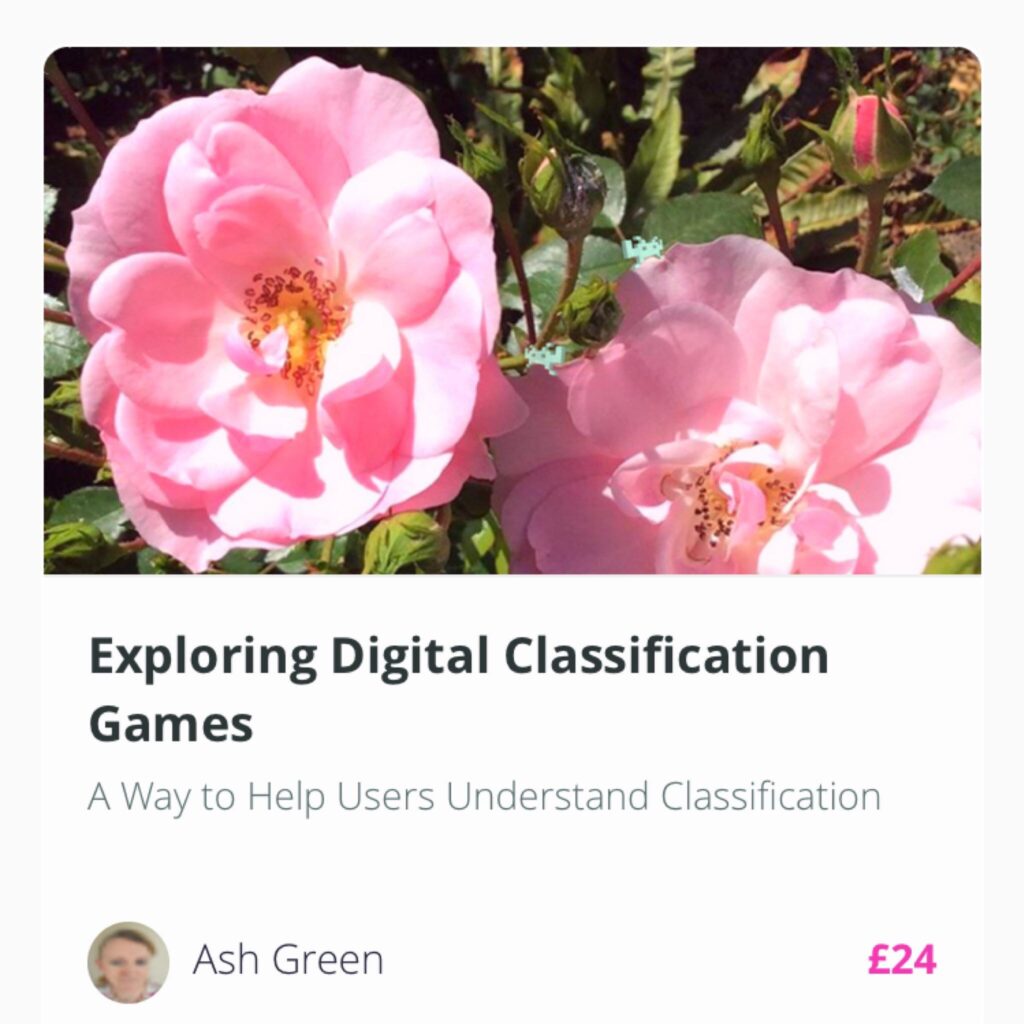
As shared with our newsletter subscribers yesterday, Ash Green’s first Beginning Cataloguing workshop is open for booking.
Join Ash for 2 hours of interactive learning through play using the Pocket Code app and a prototype game to explore the potential for gamifying learning about your library’s classification structure to help users learn it.
Continue reading “New Workshop Led by Ash Green”Cataloguing Today, Yesterday
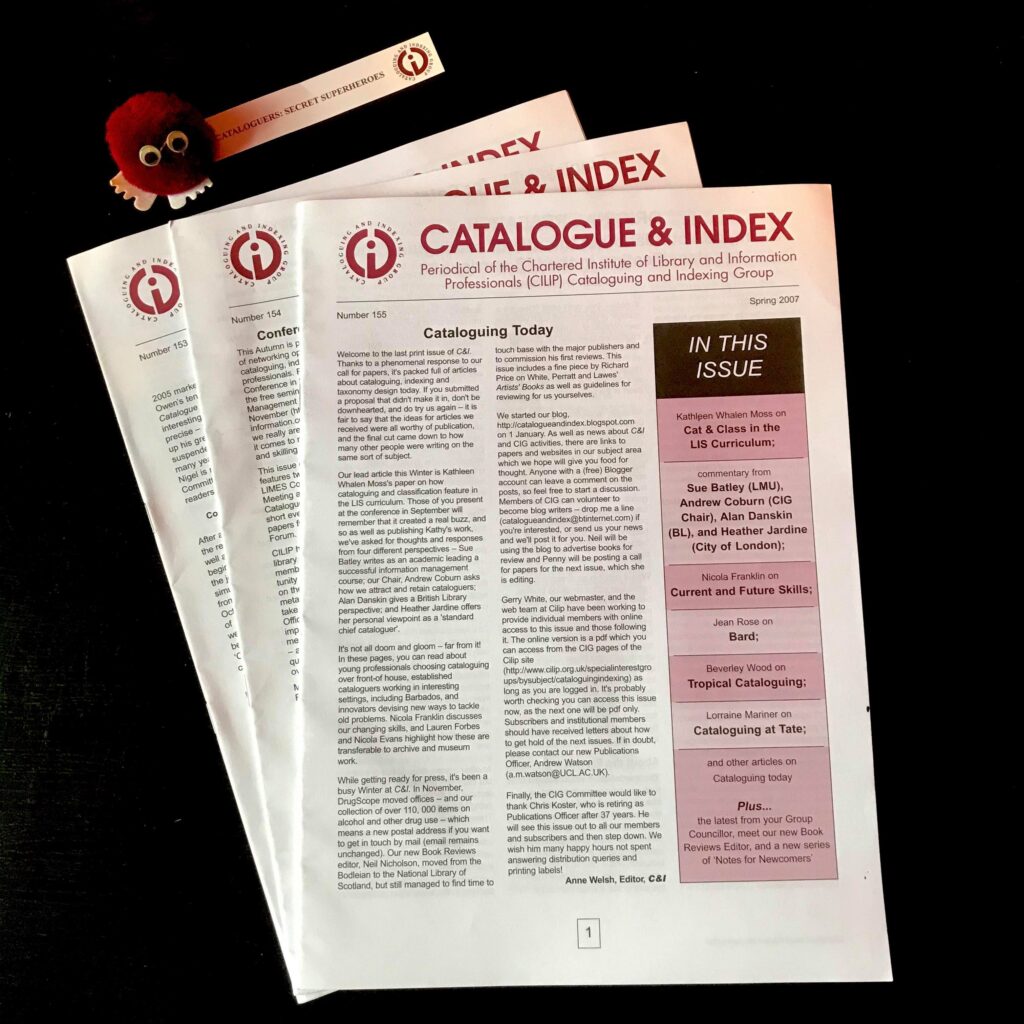
In this new article, Anne Welsh reflects on her time as Editor of Catalogue & Index in a special issue of the journal.
Cataloguing Careers: Yvonne Lewis
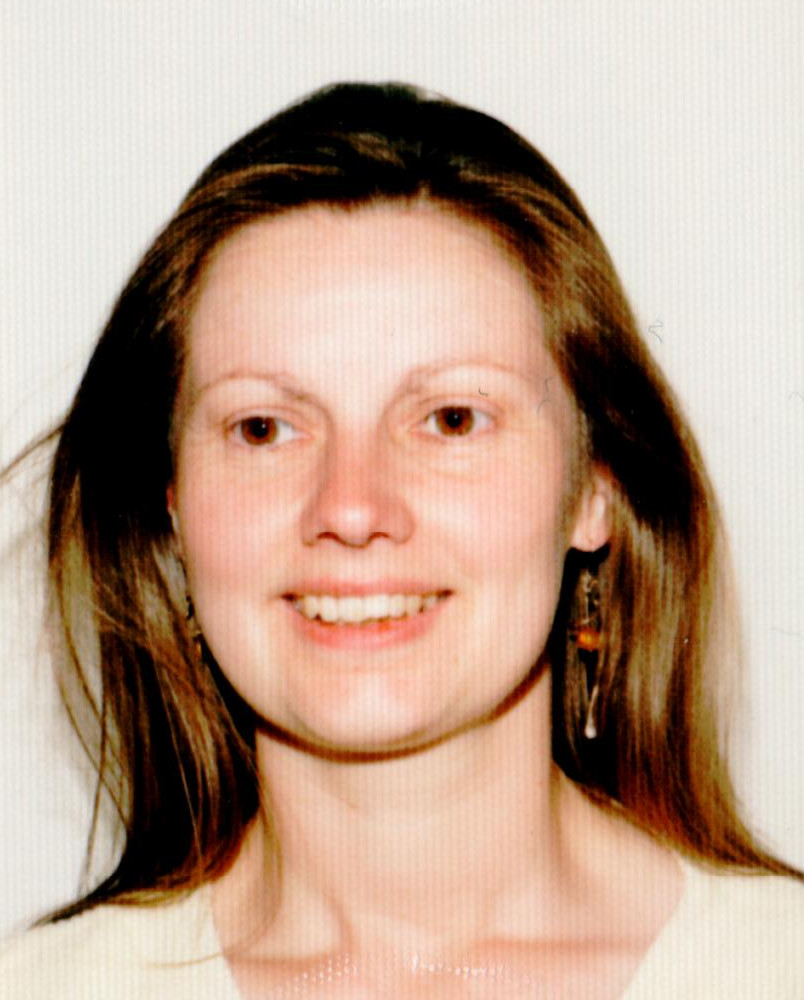
The lead feature in Beginning Cataloguing Monthly is our series of interviews with people who work or have worked as cataloguers.
This month, we’re delighted to feature our Associate Yvonne Lewis, who is the speaker in our November General Seminar on The Unwritten Book.
Now the longest serving National Trust book curator, Yvonne started out as a graduate trainee at Lambeth Palace Library before completing her MA at UCL. When she started work as a cataloguer, the state of the art was 5″ x 3″ catalogue cards, and in her interview she describes the progress she’s seen, through old-style library management systems and retrospective conversion to the online resources with which we are familiar today.
Beginning Cataloguing Monthly is free, but distributed only to subscribers. If you’re not one yet, you can sign up here: http://tinyletter.com/beginningcataloguing.
Making Manuscripts with Sara Charles
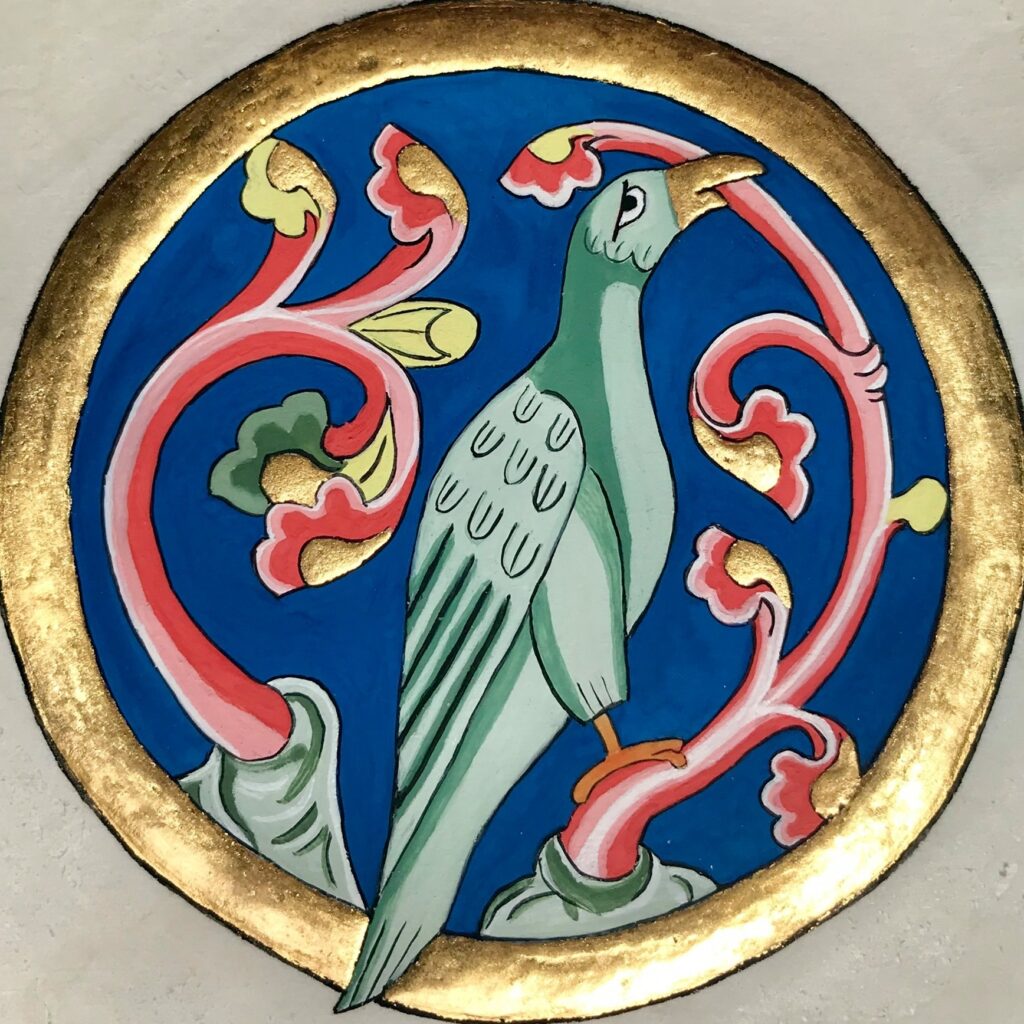
Announcing the first of our Book History Seminar Series.
In this online seminar, Sara will explore the physical relationship between the animals and the human hands that made medieval manuscripts, and how our natural environment can produce all we need for the creation of a book. She will also talk about how going through the processes of manuscript production has enabled her to codicologically ‘read’ a manuscript much more effectively, and offer pointers for ways into historical remaking.
Sara Charles (Teaching Manuscripts) is a qualified librarian who is completing a PhD on Usuard martyrologies at the Institute of English Studies. Having first studied Codicology during her MA Library and Information Studies, she further developed her skills during her MRes in Book History, and began historical remaking as part of her PhD methodology in order to gain a deeper insight into the conditions under which the manuscripts she is studying were created. Since founding Teaching Manuscripts just over a year ago, she has given demonstrations and led workshops for schools, universities and the general public, and this year received funding from the Being Human Festival to deliver an online seminar and workshop on making iron gall ink.
General Seminar Series Autumn 2020
23 October: Metadata Matters, led by Emma Booth
Emma will draw not only on her experience writing the National Acquisitions Group Quality of Shelf-ready Metadata report but also on her experience as eResources Metadata Specialist at University of Manchester.
If you love (or loathe!) e-resources, cataloguing standards, library management systems, or “marketing” library services to your users (and senior management), join us to hear Emma’s current thoughts on why what we do is vitally important, and to share your own ideas in the discussion.
Emma Booth is e-Resources Metadata Specialist at the University of Manchester Library, and the author of the National Acquisition Group’s report, Quality of Shelf-ready Metadata.
Full details and registration.
Note: Subscribers to October’s Beginning Cataloguing Monthly should remember they have a 50% off coupon code in the newsletter.
19 November: The Unwritten Book, led by Yvonne Lewis
Yvonne Lewis is the longest-serving member of the National Trust’s team of book curators. As such, she has encountered just about every form of evidence of book collecting you can imagine. In this seminar, she’s going to present on John Bankes’s travels in Egypt, Syria and Palestine (c. 1815-17), which he meant to write up but never got round to. Yvonne will discuss his notes, drawings and a lovely set of litho stones held at NT Kingston Lacy.
Yvonne has worked in historic collections since graduating with her MA LIS in 1992. Over the years, she has taught hundreds of people how to catalogue and supervised many work placement students, often providing them with their first introduction to special collections librarianship.
Her research interests include 17th and 18th century private libraries, book ownership, the reading experience, and maps and globes. She has contributed many entries to the English Short Title Catalogue (ESTC) and Incunabula Short Title Catalogue (ISTC) and recently added to her knowledge of Bibliography and Book History by completing an MRes in Book History at the Institute of English Studies, University of London.
You can find out more about Yvonne on her profile page at beginningcataloguing.com
Full details and registration.
9 December 2020, led by Ahava Cohen
Does RDA represent your culture?
Ahava Cohen leads the Hebrew Cataloguing Department at the National Library of Israel and is in charge of Hebrew policy for Mazal, Israel’s multilingual, multiscript authority database. As such she has a deep interest in making formerly Anglo-American cataloguing codes work for a broader range of languages and cultures. In 2019 she wrote a report for the RSC on the Western and Christian bias of the cataloguing guidelines; the report was accepted as part of the RSC’s focus on removing such biases and internationalising RDA. Ahava will discuss the work involved in identifying bias in cataloguing guidelines and the emotional labour of trying to reconcile the varying needs of language and cultural groups.
Ahava Cohen (Dr. RDA) is chair of the European RDA Interest Group (EURIG) and the backup European Region representative to the RDA Steering Committee (RSC). She graduated with a certificate in LIS in 2013 and her 2019 doctorate focused on the localization of RDA to a country which catalogues in four languages, three of which have yet to benefit from a translation of RDA. Her professional interest lies in balancing international standards with decolonizing and deassimilating the catalogue while maintaining the high production output required by busy cataloguing departments.
Beginning Cataloguing Rare Books: Ten Free Resources
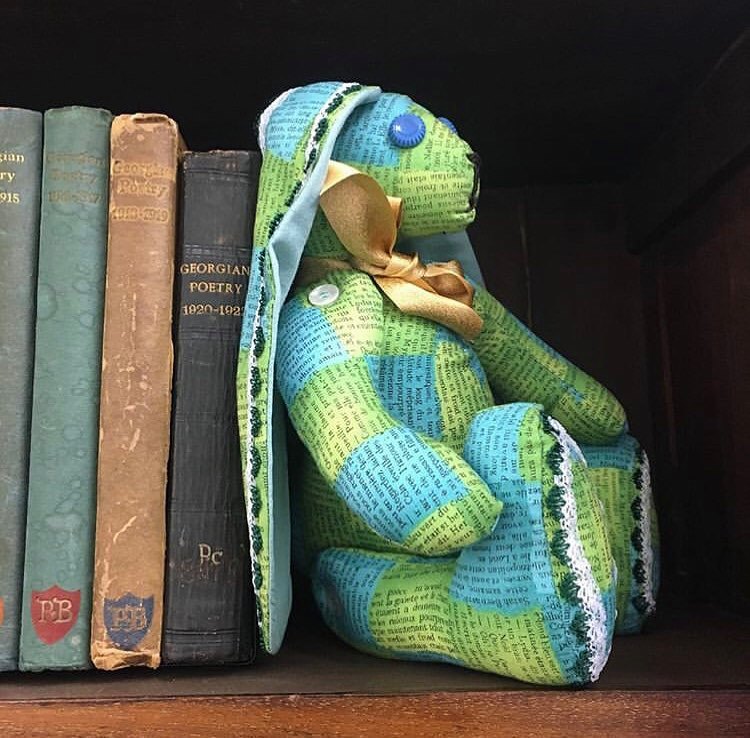
With new course Beginning Cataloguing Rare Books launching on Monday, I thought it would be useful to highlight some free resources for cataloguing rare books.
1. Descriptive Cataloging of Rare Materials (Books) (DCRM(B)). The main standard for rare books cataloguing is maintained by the Rare Books and Materials Section (RBMS) of the Association of College & Research Libraries and is available to download in pdf form for free.
Continue reading “Beginning Cataloguing Rare Books: Ten Free Resources”Beginning Cataloguing Rare Books
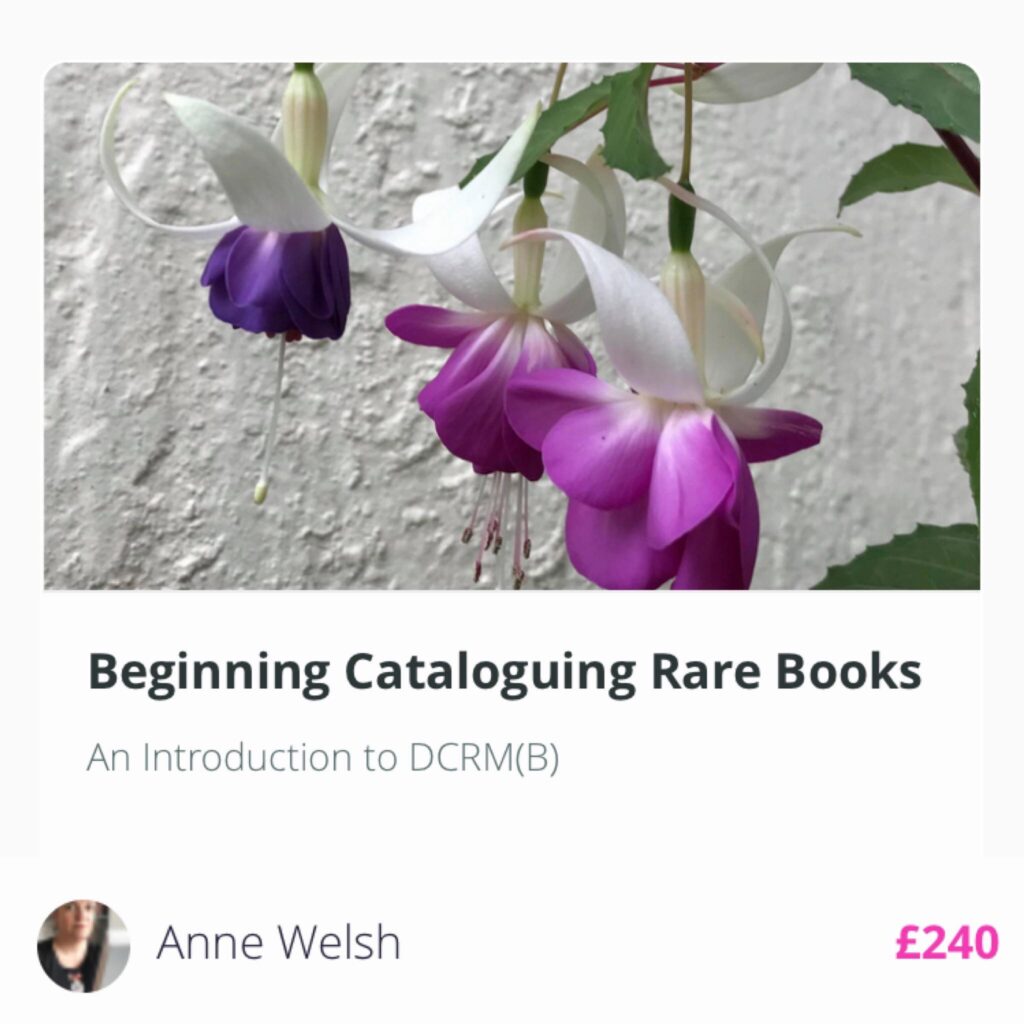
Available from Monday 28 September 2020, 20-25 hours of online learning you can complete in your own timescale: reading, watching presentations, and undertaking some cataloguing practice.
There’s an introductory video here, and an outline of the curriculum here.
Descriptive Cataloging of Rare Materials (Books) (DCRM(B)) is the international standard for rare books cataloguing, created and maintained by the Rare Books and Manuscripts Section (RBMS) of the Association of College and Research Libraries (ACRL). It is freely available on their website.
In the days of Anglo-American Cataloguing Rules DCRM(B) was more detailed than AACR2, and so many libraries used AACR2 for their general collection and DCRM(B) for rare books. With the introduction of Resource Description and Access (RDA), general cataloguing has become more detailed and now, with the new version of RDA’s needing application profiles to be created before implementation, small libraries already using DCRM(B) are beginning simply to extend its use to their general collections. There is a helpful Statement on DCRM and RDA from the Bibliographic Standards Committee responsible for DCRM here, and an update on the DCRM RDA Revision here.
The Beginning Cataloguing course Beginning Cataloguing Rare Books: An Introduction to DCRM(B) is entirely independent of RBMS. It’s based on their publicly available materials at https://rbms.info/dcrm/dcrmb/ and our own teaching examples. We set it up to meet the needs of our existing clients and are opening it up to anyone new to rare books cataloguing.
Thanks to our existing clients and newsletter subscribers, whom we told about it yesterday, places are already flying off the shelf, and it looks like it will be our most popular course so far.
Note: Beginning Bibliography students should check their email for a discount coupon code.
Any More for Any More?
Beginning Cataloguing Monthly ships today: sign up by lunchtime for your copy.
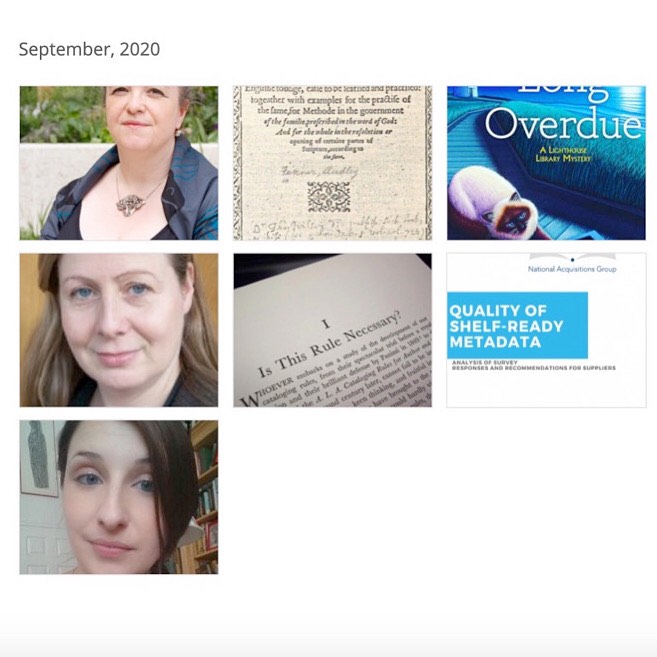
The first Beginning Cataloguing Monthly goes out by email later today, and when it’s gone, it’s gone – you won’t see this content anywhere else on our web offering and we’re deliberately not keeping a public backfile.
Alongside listings of our courses and recent publications, here’s a little teaser, in the form of the pictures we’ve used as section heads.
Intrigued? Sign up by lunchtime to receive the full newsletter this afternoon.
Book Organization: Bookends
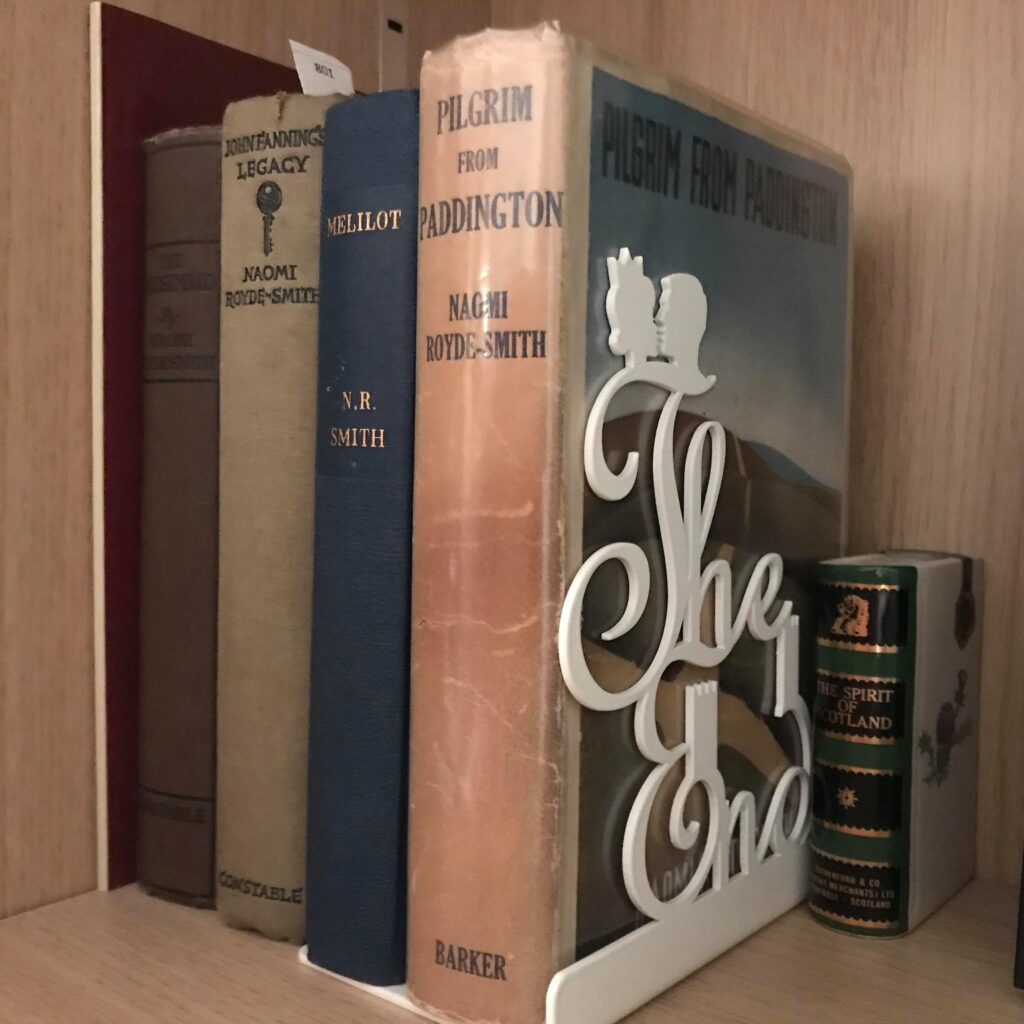
Over on KonMari.com it’s the end of the 8 Week Tidy Challenge, which included a day to organize books by category.
Day 45: Organize Books by Category
As a rule of thumb, store like items with like – and don’t disperse storage throughout the house. Books are a special case: Group these by category – cookbooks, coffee table books, novels, etc. – and store them where they make the most sense. If you like to read before falling asleep, designate a book zone in your bedroom – this way they won’t overwhelm your nightstand or end up in a stack on the floor.
– Marie Kondo.
Following this advice, there’s a link to a small selection of bookends on the KonMari shop. I thought now might be a good time to look at why bookends are useful not only in organization but also in preservation.
There’s lots of advice on the Internet about how to store books properly, and some of it is more reliable than others. The British Library has a good public advice page which keeps it simple and straightforward:
Store books on flat, smooth shelves, strong enough to support their weight. Ideally, books should not come into contact with unsealed wood which can release organic acidic vapours. Line shelves with acid free board to avoid this problem. Stand books vertically close together and if possible by size. Use bookends to prevent books collapsing.
Although it can look aesthetically pleasing to use different objects as bookends, remember that they are placed against the cover or board of the book, and a danger they can present is pushing unevenly against this. Uneven pressure can cause warping or, over time, even detachment of a board from the spine. This is also why we shelve books of a similar size together – tiny books next to large books can similarly put the spine and cover / board of the larger book under stress.
A good bookend lays flat against the book, and holds it upright. It should be pushed over far enough that the books stay in their positions but are not so tight that we put stress on any of them when we remove one from the shelf.
So, now we’ve established what good quality bookend looks like, let’s have some fun browsing for them. There are so many styles to choose from, there’s at least one to suit every home.
1. Keep it simple.
As a career-long librarian, I tend to go to library supply companies like Gresswell for basic bookends, but highstreet stationers like Rymans and Office Monster stock them too.
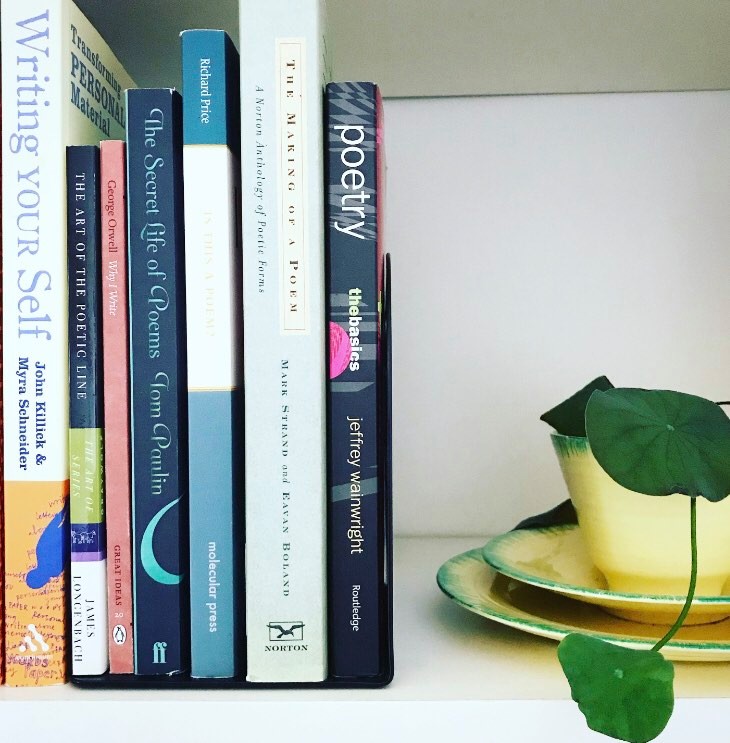
This style lifts the books up slightly, so don’t place a volume “half on and half off,” as that will damage it over time.
With “flex” systems, like Wickes’s, you need to make sure the bookends are always, always straight to avoid spring-loaded pressure.
2. Channel the past.
The book has been around for centuries, so there’s a wide range of antique and second-hand bookends out there to suit every budget.
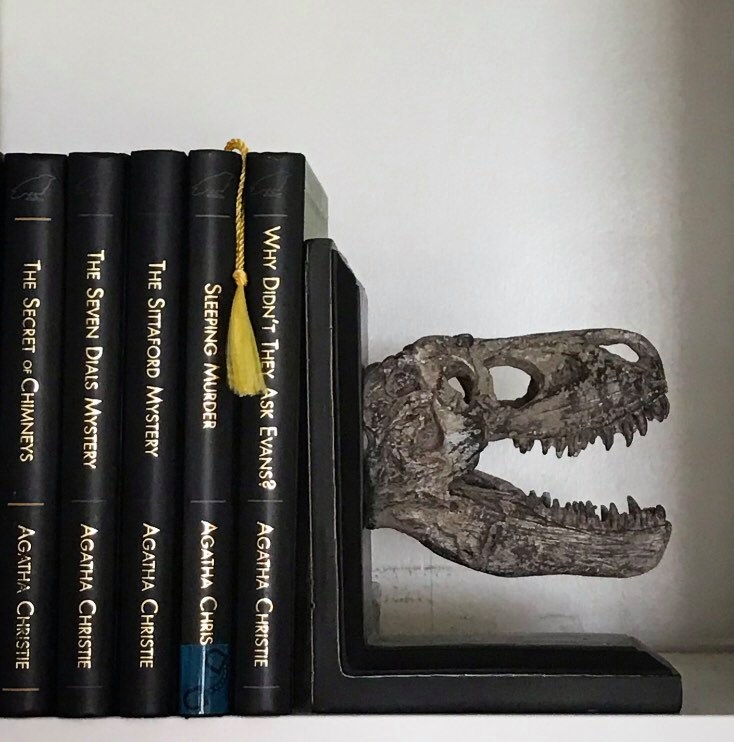
I found my pair of plaster of Paris dinosaur bookends in Crystal Palace, which as well as being famous for its dinosaur park, is a significant place to me. They are both kitsch and historical, which fits my style perfectly.
Online sources of second-hand bookends include eBay, Etsy, and Preloved. Remember to look for flat backs though!
3. Be inspired by nature.
These days, everyone from Made in Design to Robert Dyas to small specialist stores seems to be offering bookends created from natural objects. There are obviously extra ethical concerns buying or collecting fossils.

On the desk in my study, I use a pair of agate bookends to hold books on which I’m working. They were a present from my parents, so they’re both functional and spark joy (as Marie Kondo says things should).
Most books are robust enough to be shelved in this type of desk arrangement for a short space of time.
You have to be careful standing books next to natural objects. Bringing things in from the garden can introduce extra moisture (even if they don’t feel damp to the touch) and even insect life. Never place books against unsealed wood, as it can release acid which is extremely damaging to books. Be careful with waxed items too – you don’t want anything to transfer onto the cover or board from your bookend.
4. Share your interests.
There are bookends themed to suit almost every hobby and interest you can imagine – #bookends on instagram includes dogs, and bicycles and Star Wars, and, of course, reading.

Here’s a pair of bookends posted by @mylesfromhome_uk that would suit someone with an interest in phrenology or tattoo art, or who simply loves vintage style in general.
The shop gives the advice, “They’re so unique that they’re never going to blend in, so instead create a conversation point!” That’s true for any bookend beyond the basic.
5. Put on a display.
Bookends aren’t the only support on the market. Sometimes you might want to highlight a book by having it face outwards.

I spotted this in the Publishers Association when I was attending a BIC course on ONIX metadata last November. As well as making me want to read Kingsford’s book (which I thoroughly enjoyed, by the way), it gave me something appropriate to look at in their reception area.
With this sort of display easel, it’s important that the book is supported but not forced – never try to squeeze a book onto a stand that is too small for it. Prefer one with a base, as pictured, to one with individual strips of metal or wood running under the book, as they will put pressure unevenly on the tail of the boards / cover. Recipe stands aren’t just for cookbooks! Some shelving systems, like Ikea’s Billy bookcases, are designed the option of display stands.
There’s so much more to be said about book supports – I’m aware of not even touching on bookends for children – but perhaps that’s a post for another day.
